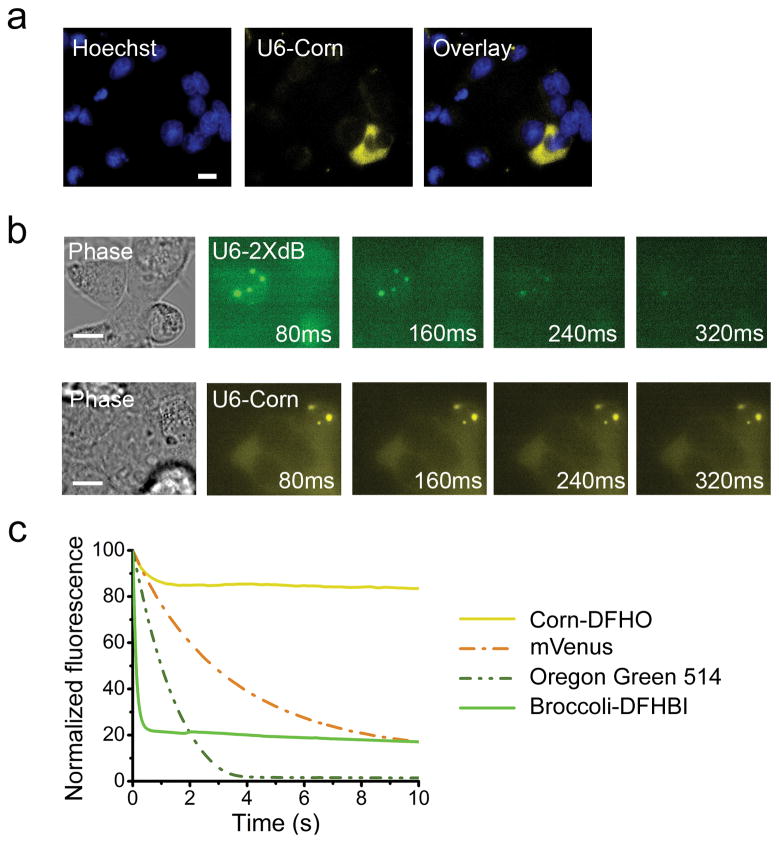Figure 2. Corn exhibits remarkable photostability in vivo and in vitro.
(a) Corn expressed off of the U6 promoter shows robust fluorescence in HEK293T cells. U6-Corn was detected throughout the cell, with occasional puncta of U6-Corn seen in the cytoplasm. Images were acquired using a 60X objective (NA 1.40) and YFP filter cube for Corn (ex 500 ± 12 nm, em 542 ± 13.5 nm). Exposure times: 1000 ms for Corn, 200 ms for Hoechst. Scale bar, 10 μm.
(b) Corn-tagged RNA exhibits markedly improved photostability in living cells. In vivo photostability of Corn in comparison with Broccoli was assessed by imaging cells expressing Corn or Broccoli off the U6 promoter. Four consecutive images were acquired, each using an 80 ms exposure time. Cells with clear cytoplasmic puncta were selected for photostability experiments. Broccoli-tagged RNAs lost fluorescence by 240–320 ms, while the fluorescence of Corn-tagged RNA was maintained throughout imaging.
(c) Corn-DFHO exhibits markedly enhanced photostability in vitro, compared to Broccoli-DFHBI, small organic dye or a fluorescent protein. To measure the photostability of aptamer-fluorophore complexes, we prepared solutions containing ~20 μM Corn-DFHO and Broccoli-DFHBI by incubating 90 μM RNA aptamer and 20 μM DFHO (or DFHBI). Control solutions were the fluorescent protein mVenus (20 μM) or the control dye Oregon Green 514 (20 μM) in PBS. These solutions were emulsified in microscope immersion oil and three to five fluorescent aqueous droplets were repeatedly imaged under constant full-power light illumination in an epifluorescence microscope. Normalized bleaching curves of all droplets were averaged and plotted using Origin software. Exposure times were 20 ms.

